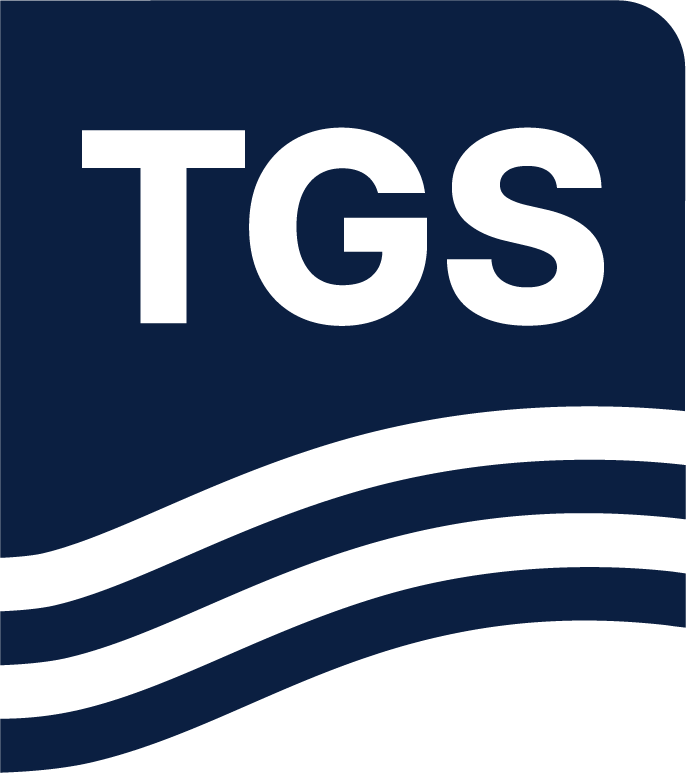Paper Summary
One of the most significant improvements in model building and seismic imaging has been the incorporation of elastic wave propagation in full waveform inversion. We have extended Dynamic Matching Full Waveform Inversion (DM FWI) from acoustic to elastic medium resulting in FWI images that are structurally better focused with a higher resolution compared to the acoustic version. This approach has been mostly a single parameter inversion that focuses on inverting the P wave velocity through frequency staging, thus reflectivity is derived by utilizing the derivative in the orthogonal direction to the structure from the inverted velocity. Recently, we developed an elastic FWI approach that jointly inverts the background P-wave velocity and the
reflectivity by separating the wavelength scales in the gradient to minimize parameter crosstalk. We have applied these approaches to sparse Ocean Bottom Node (OBN), and to streamer data with improved results versus the acoustic implementations. These methods can be cascaded for a robust estimation of properties. In this paper, we discuss the algorithms and demonstrate the benefits of their application with field data results.

